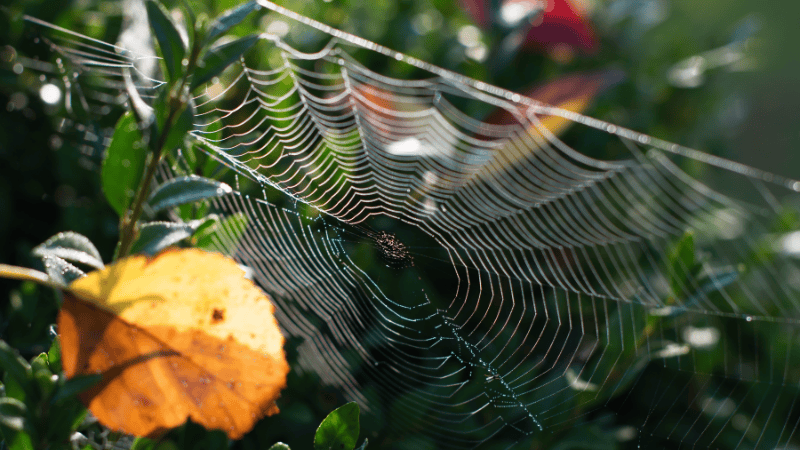EEE is Brewing in New England

While Massachusetts and the rest of New England continues to grapple with the deadly coronavirus outbreak, there is yet another health risk to be aware of this summer - eastern equine encephalitis, or EEE for short. As if we don't have enough on our plates in 2020, the threat of EEE is ever present in the northeast corner of the United States.According to Boston news reports, Last year, a dozen people across the state were diagnosed and three patients died from EEE. The virus was also found in nine animals, eight horses, one goat, and put 35 communities at critical risk, while 121 additional communities hit high and moderate risk warnings at the outbreak's peak.Here is a closer look at the most recent outbreaks and how you can protect yourself and family members.

What is EEE and How Is It Spread?
Eastern equine encephalitis (EEE) is a rare but serious disease caused by a virus. Its primary mode of transmission is through the bite of an infected mosquito.Essentially, birds, who serve as reservoir hosts of the virus, transmit EEE to mosquitos through their bloodstreams, and then the insects pass it on to humans. That process, which amplifies the virus's spread, typically starts in June. The general area that this is found is in swampy areas where standing water allows for rampant mosquito breeding.
How Common Is EEE?
According to the Centers for Disease Control, EEE is a very rare disease. Since the virus was first identified in Massachusetts in 1938, just over 110 cases have occurred. The majority of cases typically have been from Bristol, Plymouth, and Norfolk counties. However, in an active year human cases can occur throughout the state.Outbreaks of EEE usually occur in Massachusetts every 10-20 years. These outbreaks will typically last two to three years. The most recent outbreak of EEE in Massachusetts began in 2019 and included twelve cases with six fatalities.State officials are already tracking the commonwealth's relatively robust larvae population as they try to size-up what the second year of the outbreak could look like, Dr. Catherine Brown, state epidemiologist, told Boston.com recently.

What Are the Symptoms and Treatment of EEE?
How would a person know if they have contracted EEE? Symptoms such as a fever, stiff neck, and fatigue often show up three to ten days after a bite from an infected mosquito. A serious complication that can arise is the inflammation and swelling of the brain, called encephalitis. The disease gets worse quickly and some patients may go into a coma within a week.Unfortunately, there is no treatment for EEE. About half of the people infected with EE will die and the other half will most likely be disabled by the disease.
Prevention is Key
Since there is no real treatment and the outlook after contracting EEE is bleak, the key is to prevent transmission of the disease.To avoid getting bitten by an infected mosquito, wear insect repellent with ingredients including: DEET, permethrin, picaridin, IR3535, or oil of lemon eucalyptus and use according to the instructions given on the product label.In addition to wearing insect repellent, be sure to avoid peak mosquito times such as at dawn and dusk, and wear clothing that covers your skin.If you would like a mosquito or tick treatment, contact our team at Pest-End Exterminators to schedule a treatment and learn more about how you can protect yourself and your family.



